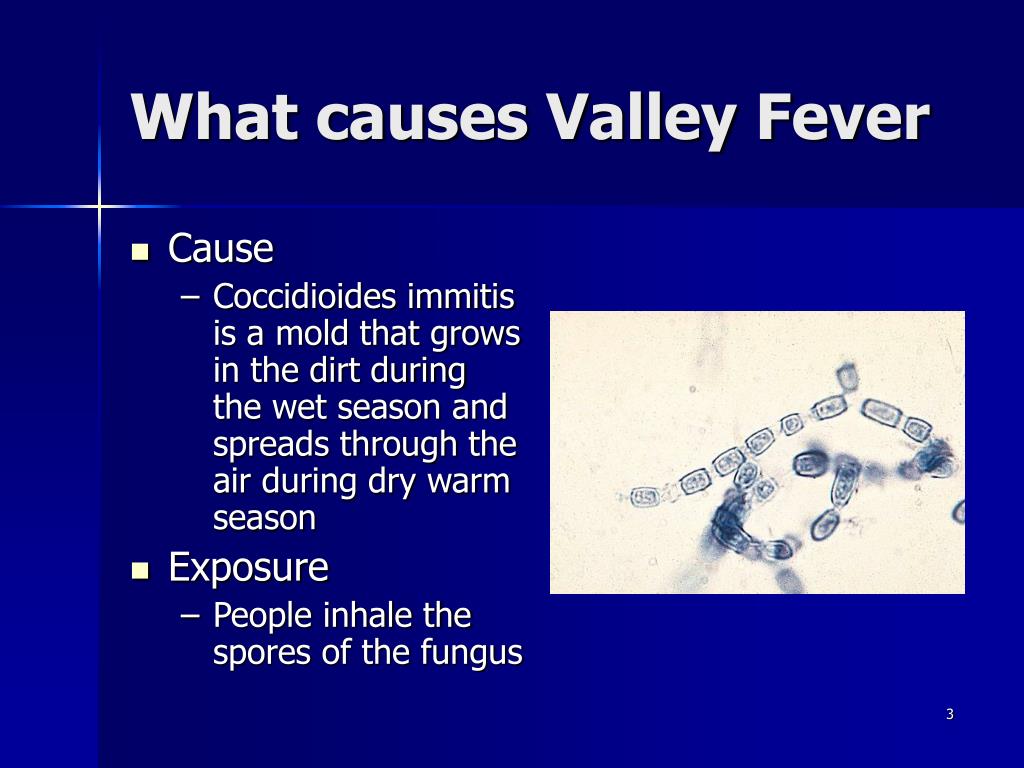Table of Contents
- 3 Ways to Diagnose Valley Fever - wikiHow
- Valley Fever Coccidioidomycosis Symptoms Disease Icon Stock Vector ...
- PPT - Valley Fever PowerPoint Presentation - ID:237190
- Diseases on the move because of climate change
- Glendale Doctor - Arizona Premier Pulmonary and Sleep Specialists ...
- Valley Fever | Good Health
- (PDF) Coccidioidomycosis: an overview of Valley Fever and the ...
- Coccidioidomycosis: Over 28 Royalty-Free Licensable Stock Illustrations ...
- VALLEY FEVER DVD (Japanese Subtitles, Limited Edition) | Sam Gendel
- Valley Fever: The deadly and incurable disease | Valley Fever Survivor



Symptoms of Valley Fever


- Fever
- Cough
- Chills
- Headache
- Fatigue
- Muscle aches
- Joint pain
- Rash


- Pneumonia
- Meningitis
- Osteomyelitis (bone infection)
- Endocarditis (heart valve infection)


Causes of Valley Fever
Valley Fever is caused by the fungus Coccidioides, which is found in the soil of the southwestern United States, particularly in Arizona, California, and Texas. The fungus becomes airborne when the soil is disturbed, and people can inhale the spores, leading to infection. Certain groups are more susceptible to Valley Fever, including:- Older adults
- People with weakened immune systems
- Pregnant women
- People of African or Filipino descent

Prevention and Treatment
While there is no vaccine available to prevent Valley Fever, there are steps you can take to reduce your risk of infection:- Avoid disturbing soil in areas where the fungus is common
- Wear a mask when working or playing in dusty areas
- Stay indoors during dust storms
- Use air conditioning to reduce dust and fungal spores in the air
For more information on Valley Fever, visit the Centers for Disease Control and Prevention (CDC) website.
Note: The word count of this article is approximately 500 words. The HTML format is used to structure the content, and the title is new and descriptive. The article includes relevant keywords, such as "Valley Fever," "symptoms," "causes," and "prevention," to improve search engine optimization (SEO).